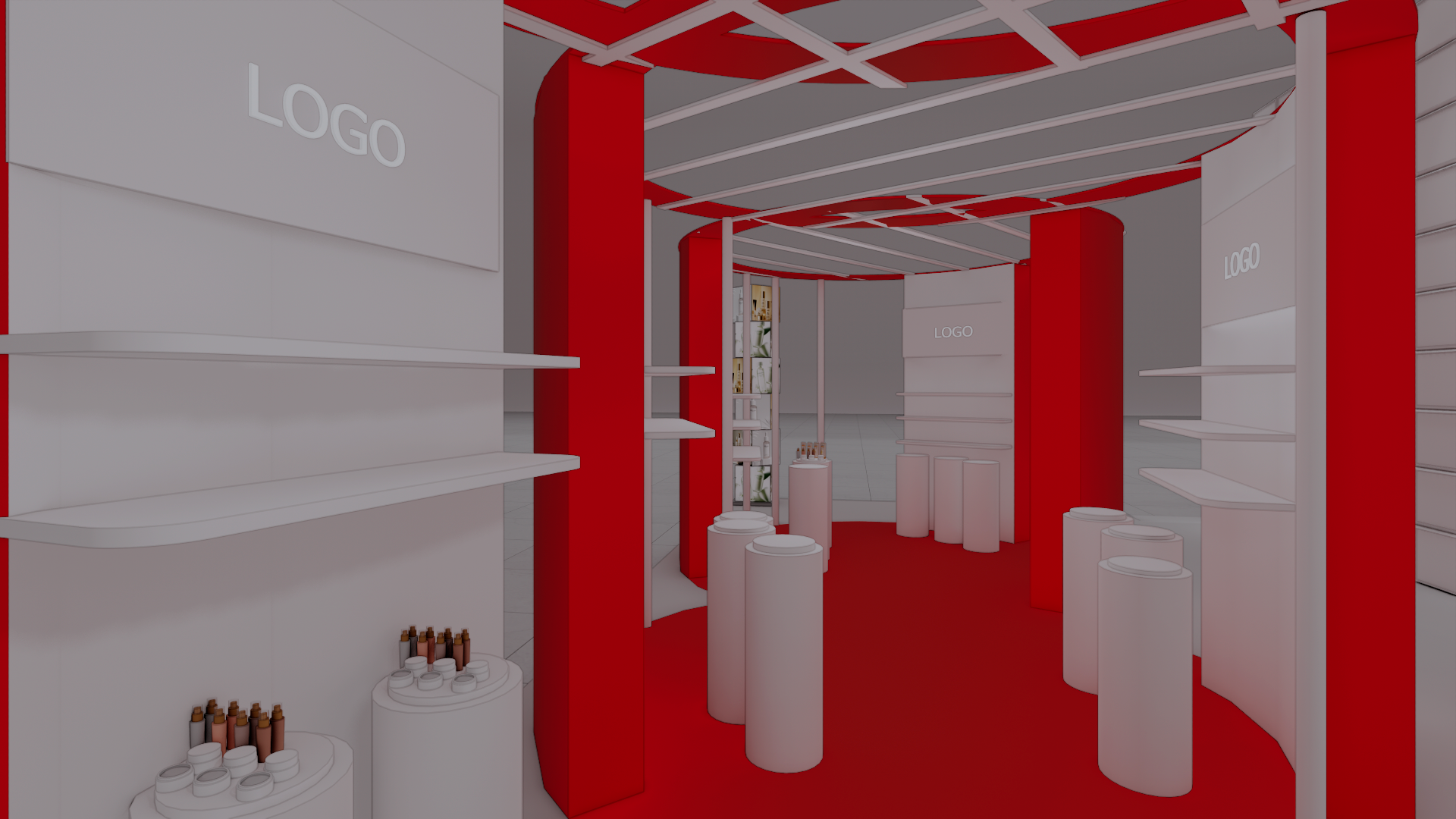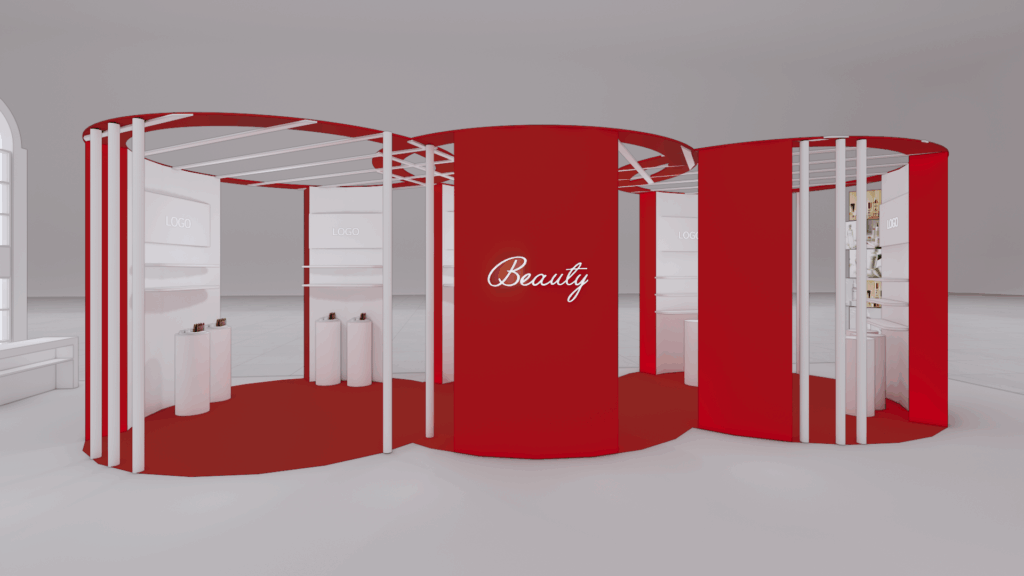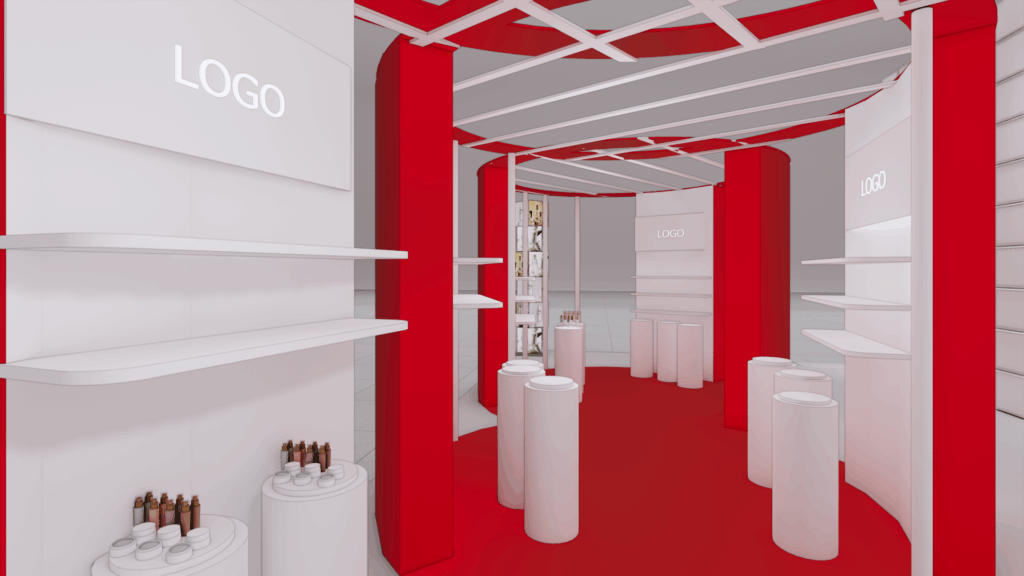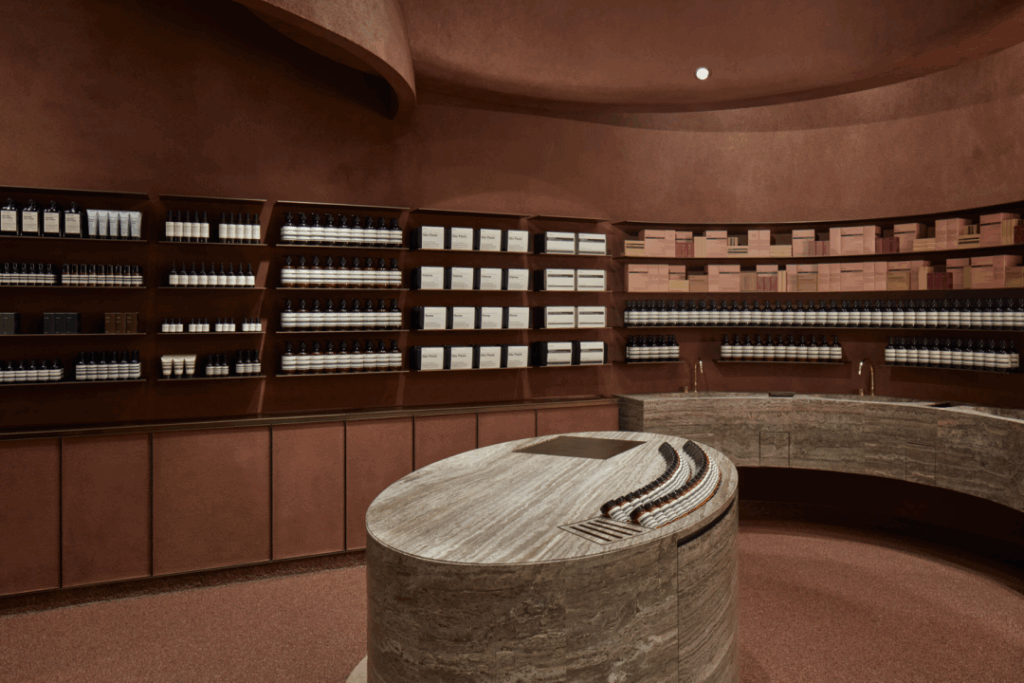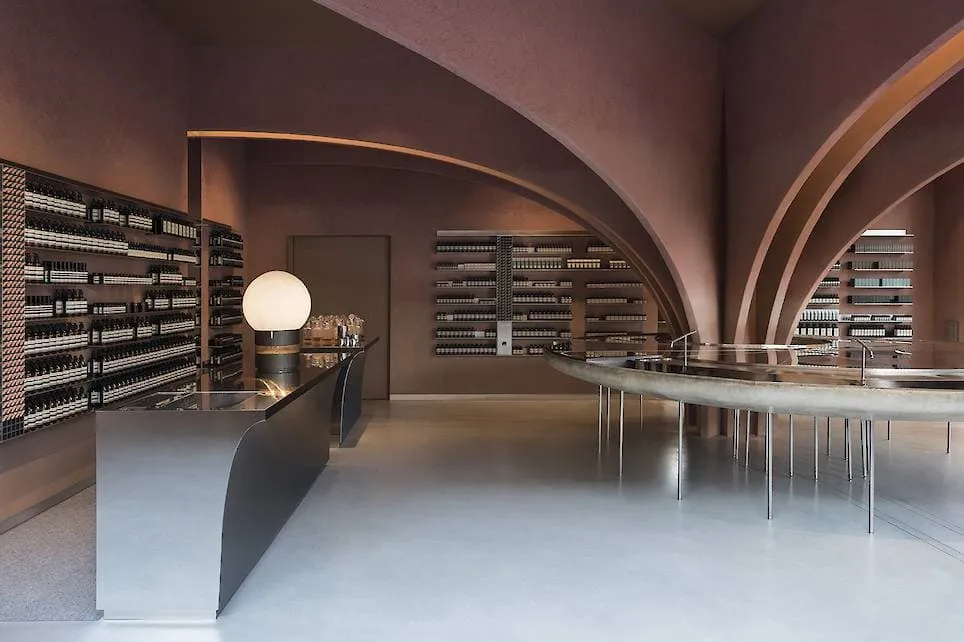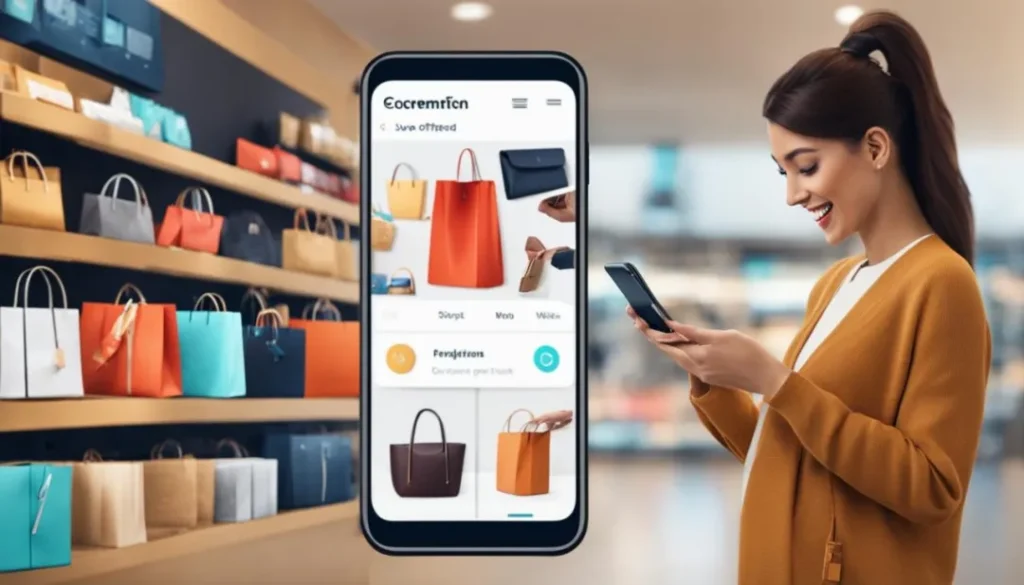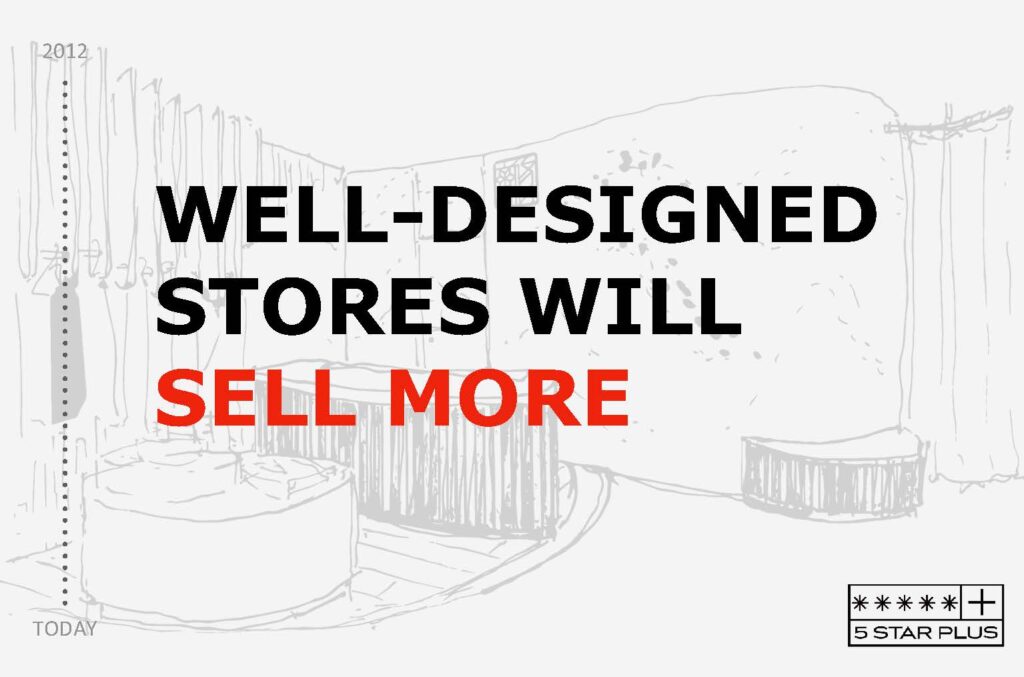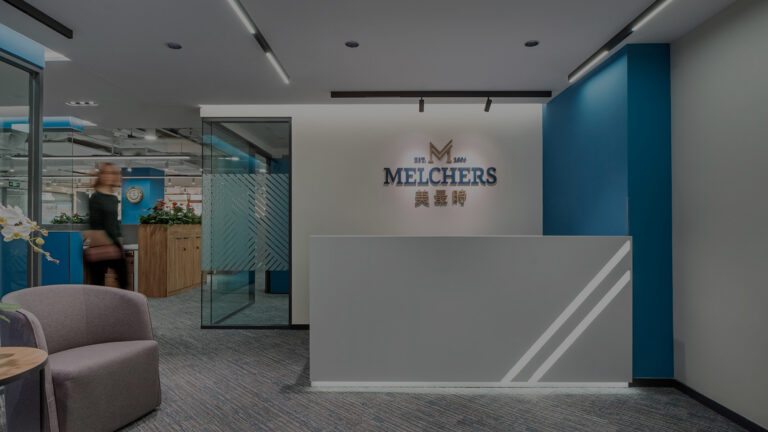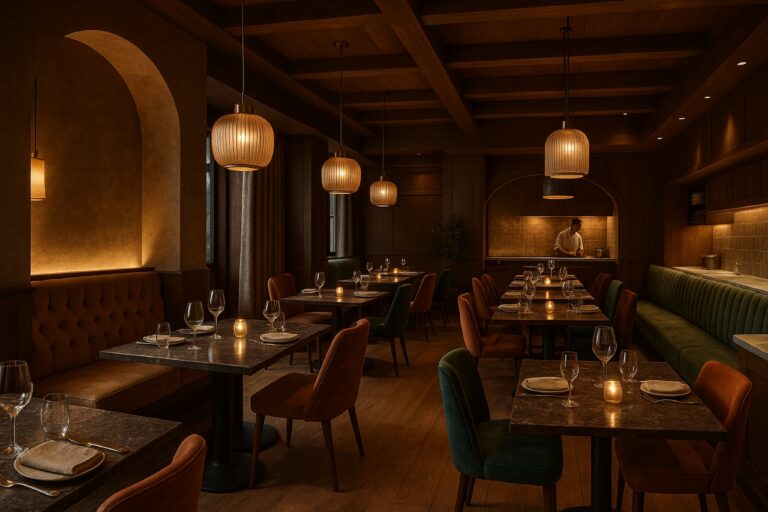In an era where digital convenience is at an all-time high, retailers must rethink their physical spaces to attract and engage Gen Z consumers. Born between the late 1990s and early 2010s, Gen Z is reshaping retail with their demand for immersive, tech-integrated, and socially conscious shopping experiences. To remain competitive, brands need to design stores that resonate with this generation’s expectations—spaces that feel less like traditional shops and more like destinations for discovery, creativity, and community.
1. Experience Over Transaction
Unlike previous generations, Gen Z shoppers don’t just visit stores to make purchases—they seek engaging experiences. Retail spaces should incorporate interactive elements such as:
- Augmented Reality (AR) and Virtual Reality (VR) to allow virtual try-ons and immersive product demonstrations.
- Instagram able moments with aesthetically pleasing store designs that encourage social media sharing.
Imagine walking into a clothing store where you can virtually try on outfits using Augmented Reality (AR) mirrors or explore a brand’s story through interactive digital displays. Retailers can also create ‘Instagrammable’ moments by incorporating visually stunning design elements—a neon-lit tunnel, an artistic mural, or a themed corner designed for social media snapshots. These experiential features attract foot traffic and encourage shoppers to share their visits online, amplifying brand exposure.
One example of an eye-catching and shareable retail space is our Beauty Retail Concept. The bold red-and-white color scheme curved architectural forms create a dive a unique look. Open shelves and interesting displays make the space more dynamic and perfect for social media content. This design can be a dedicated area within a store or a standalone pop-up, offering an interactive and visually appealing shopping experience.
The millennial pink of Aesop’s Chelsea store effortlessly attracts the Instagram-savvy crowd. The cult Australian skincare brand, already garnering widespread attention for its luxury, cruelty-free skincare range, now has a store that reflects its ethos. From the street, the warm interiors offer an inviting contrast against the otherwise grey neighborhood.
2. Seamless Integration of Technology
Gen Z has grown up in a digital world, so they expect a seamless blend of online and offline shopping. Key tech integrations include:
- Mobile-friendly experiences, such as QR codes for instant product information or self-checkout through apps.
- Smart mirrors and AI-powered styling assistants to enhance personalization.
- Omnichannel shopping options, allowing customers to browse in-store and complete purchases online or vice versa.
Picture a store where QR codes are placed alongside products, allowing shoppers to instantly access reviews, styling tips, or sustainability details on their smartphones. Imagine AI-powered smart mirrors suggesting outfits based on past purchases or digital self-checkout systems that eliminate long lines.
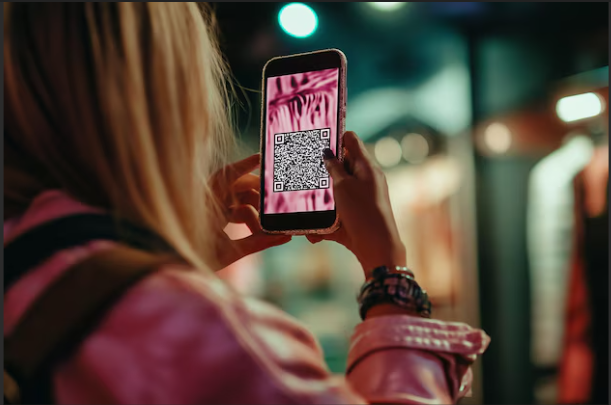
3. Community and Social Connection
For Gen Z, shopping isn’t just a solo activity—it’s a shared experience. Whether browsing with friends or connecting with like-minded individuals, they appreciate spaces that foster community and interaction. Ways to achieve this include:
- Creating lounge areas where customers can relax, work, or socialize.
- Hosting local pop-ups featuring emerging brands or artists.
Think of a store that includes a cozy lounge area where customers can hang out, work remotely, or even attend creative workshops. Hosting pop-up events featuring emerging designers, artists, or influencers also adds an element of exclusivity and cultural relevance. By transforming stores into social hubs, brands can build deeper relationships with their audience and create spaces that feel welcoming and authentic.
4. Personalization and Customization
Gen Z values individuality and enjoys personalized shopping experiences. Retailers can cater to this by:
- Offering customization options, such as personalized products or DIY design stations.
- Using data-driven insights to provide tailored recommendations and exclusive in-store deals.
- Creating membership or loyalty programs that reward engagement beyond just purchases.
Imagine a sneaker store where customers can customize their designs in real-time or a beauty brand that offers personalized skincare recommendations based on AI-driven analysis. Retailers can also leverage data-driven insights to provide tailored product suggestions, exclusive in-store discounts, or membership perks that reward engagement beyond just purchases. By making each visit feel personalized, brands can create a sense of belonging and exclusivity that resonates deeply with Gen Z shoppers.
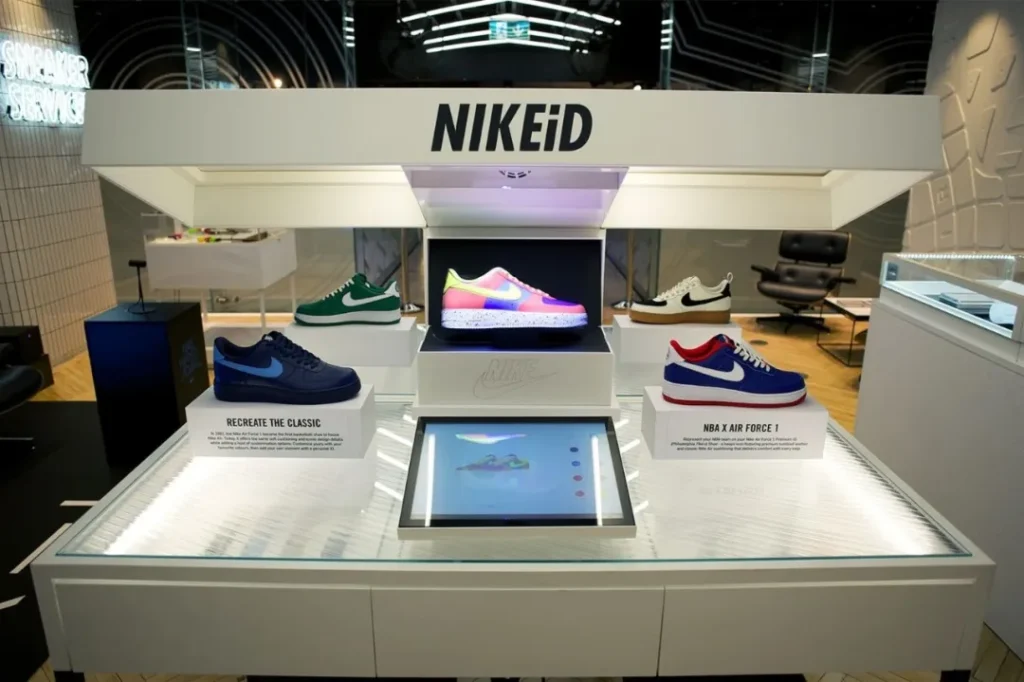
Conclusion
To capture Gen Z’s attention, retail spaces must be more than just places to shop—they need to be dynamic environments that foster connection, creativity, and sustainability. By blending technology, ethical practices, and immersive experiences, brands can transform their stores into destinations that truly resonate with this new generation of shoppers.

